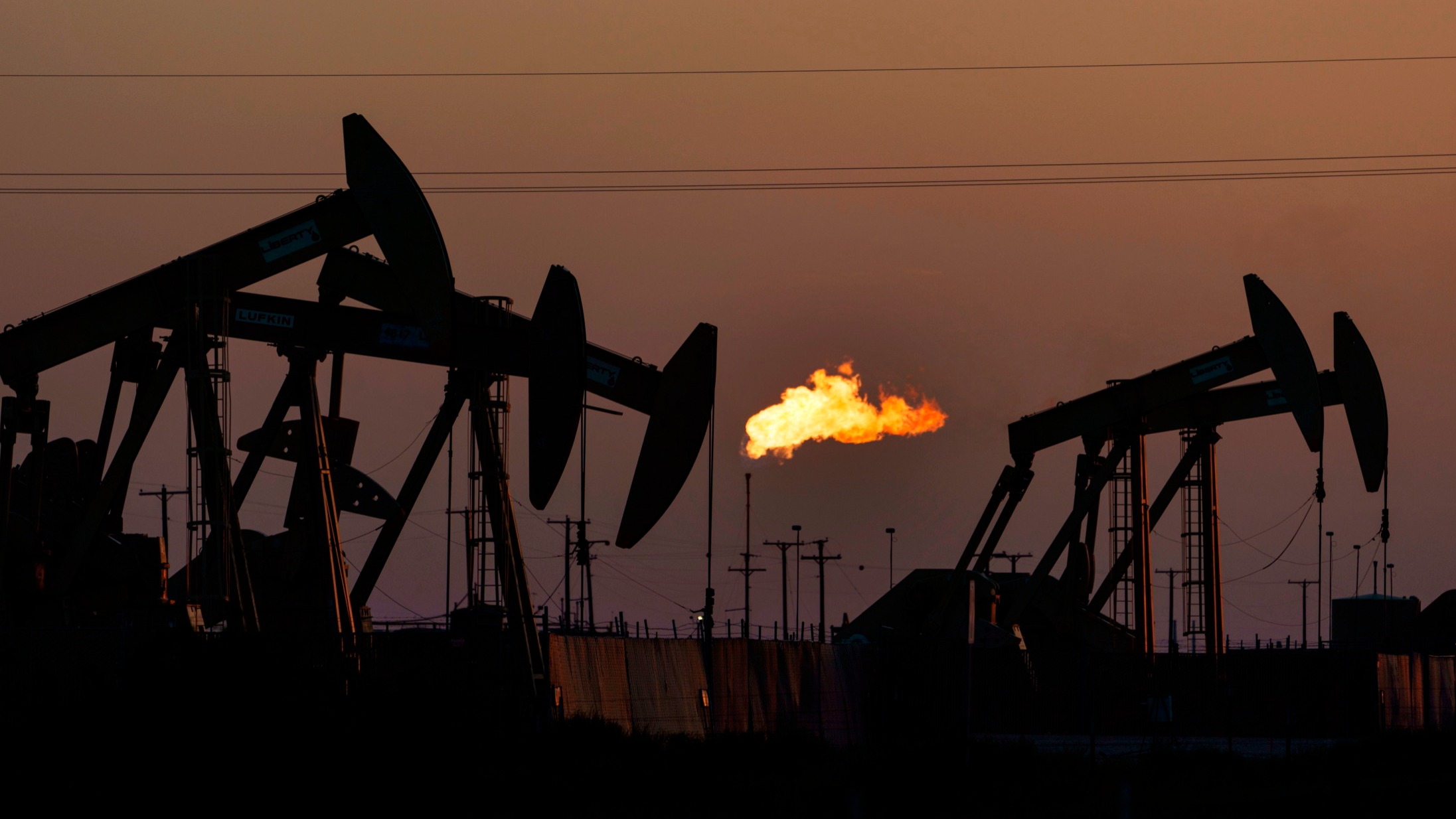Financial institutions are waking up to the regulatory and legal risks tied to oil and gas-based methane, but few yet treat it as a serious investment factor
From 2026, the EU’s Methane Regulation will for the first time impose monitoring and reporting obligations on oil and gas companies importing into the bloc. It will eventually result in financial penalties for those that fail to meet its standards.
Methane is responsible for about a third of the planet’s short-term warming. It is 86 times more potent than carbon dioxide over a 20-year period and is toxic to those living near a leak.
Even so, many financial institutions do not appear to view methane as a material financial risk. References to it as a financial or transition risk are almost absent from banks’ and investors’ public disclosures.
The legal, financial and reputational consequences of poor methane management can be severe. In October 2015, a leak at a plant owned by the Southern California Gas Company released nearly 100,000 tonnes of methane — equivalent to the annual output of a medium-sized EU country — and resulted in a $1.8bn settlement with local residents.
COP30 chief executive Ana Toni has said the upcoming summit in Belém, Brazil, will be a “major platform” to discuss methane emissions as “one of our main action agendas”, though it is not yet clear whether concrete action can be expected. A 52-page UN Environment Programme report on methane published on October 29 makes no mention of COP30.
Non-profits maintain that the only way to cut methane emissions is to stop expanding oil and gas. But in the context of the Donald Trump administration’s renewed focus on energy dominance and rapid growing power demand globally, the EU’s regulatory approach appears to be the best option on the table.
We very much see methane as an investment risk, both at the individual company level and across global investment portfolios
The US is the biggest emitter of methane from oil and gas globally, shows data from the International Energy Agency. As a result, and buoyed by the Trump administration, American oil and gas companies have been lobbying heavily against the EU Methane Regulation, which they say is “unworkable”.
On October 1, a coalition of investors representing more than €4.8tn in assets under management wrote to the EU asking lawmakers to resist this lobbying. “Performance on methane is increasingly viewed as an indicator of the quality of management teams, operational excellence, process safety, and companies’ long-term competitiveness,” the letter reads.
Risk or opportunity?
Sam Cornish, transition research specialist at the Institutional Investors Group for Climate Change, says investors are “very much alive” to the risk regulations pose to companies that fail to manage methane properly. That said, awareness and attention given varies between financial institutions and companies, he adds.
Investment manager Pimco has said oil and gas-based methane is a “material concern that puts both invested capital as well as the climate at risk”, but it does not have a firm target for its portfolio companies.
Financial institutions including Aviva Investors, BlackRock and Barclays declined to comment on whether they view methane mismanagement as a financial risk.
A spokesperson for JPMorgan Chase shared a 2023 paper that presents improvements on oil and gas methane management as an opportunity for the sector to boost energy security and profits while limiting planetary warming. The bank has a portfolio-level target to reduce oil and gas emissions intensity by 45 per cent by 2030, which it expects to achieve primarily by reducing methane leakage, venting and flaring.
“We very much see methane as an investment risk, both at the individual company level and across global investment portfolios,” Eric Pedersen, head of responsible investments at Nordea, which led the letter to the EU, tells Sustainable Views.
Nordea has engaged extensively with oil gas and utility companies to push for stronger disclosure, target setting and direct measurement of methane emissions. The initiative covers around 60 companies and also involves policy advocacy in the US, Canada and Europe.
Pedersen says methane engagement can be more productive “when a broader discussion on Paris alignment and Scope 3 carbon emissions is not realistically on the table”. This is because methane remains in the atmosphere for around 12 years, as opposed to hundreds of years, presenting a more immediate opportunity to slow warming.
Many others address methane emissions in their sustainability reports or oil and gas financing policies, often with reference to the UNEP Oil and Gas Methane Partnership 2.0.
The OGMP 2.0
Launched in November 2020, the OGMP 2.0 aims to set a global standard for methane emissions measurement and mitigation in the industry. It has most of the world’s biggest polluters in its ranks, including ExxonMobil and Chevron.
Environmental Defense Fund senior director of sustainable finance Andrew Howell says OGMP 2.0 has been so successful in recruiting corporate members that investors should view any oil and gas producer not part of it as a “red flag”.
There’s a gulf between industry and national ambitions on one hand, and actual emissions on the other
Justin Mikulka, communications director of the non-profit Oilfield Witness, says OGMP 2.0’s success in the US is likely down to the EU Methane Regulation. “Some investors are concerned about [OGMP membership] — but we don’t know whether their concern is climate related, or the risk that if US gas producers can’t meet EU standards then there’s no market for the product,” he tells Sustainable Views.
The voluntary 2021 Global Methane Pledge launched at COP26 now has 159 government signatories, committing to collectively reducing emissions by 30 per cent by 2030, but it sets the goal — not the method to achieve it. The Methane Action Plan published this week by the UK government stopped short of direct regulation.
“There’s a gulf between industry and national ambitions on one hand, and actual emissions on the other,” says Cornish. “That performance gap, and the urgency of bridging it, is what’s driving the risk for companies . . . because the EU regulation makes methane management a clear financial imperative for fossil fuel producers.”
Methane as a deal breaker
Howell recently wrote a paper arguing that the collapse of a major Australian gas export infrastructure deal in September may have been to do with a methane leak.
The Abu Dhabi National Oil Company’s investment arm XRG had been at an advanced stage of acquiring Australian oil and gas company Santos for A$36bn ($23.6bn). Midway through the deal, reports emerged in the press that Santos had been responsible for a year-long methane leak at one of its northern Australian facilities. XRG eventually pulled out.
Daisy Streatfeild, chief sustainability officer at asset manager Ninety One, says that while effective methane management is a marker of operational efficiency, its absence is “unlikely to be the major or only factor on significant strategic or commercial decisions like the Santos deal”.
Neither Santos nor XRG have responded to Sustainable Views’ request for comment. But even if the leak was not responsible for the deal’s collapse, the EU’s regulatory approach means such incidents will soon come with a financial penalty.
Kjell Kühne, director at non-profit the Leave it in the Ground initiative, points to progress in attribution science and legal opinions on the responsibility of governments to slow planetary warming, along with the Methane Regulation, as evidence of a shifting tide.
“I can’t say right now that methane is a super material risk — but we are working to make it material,” he says.
link

